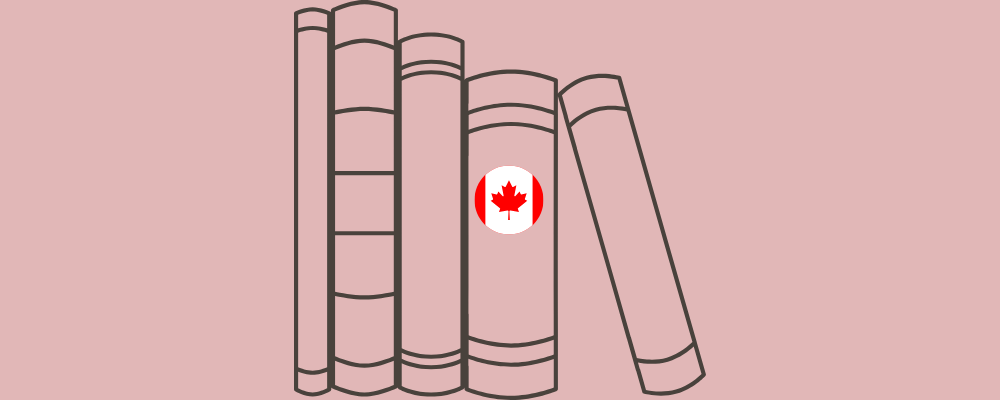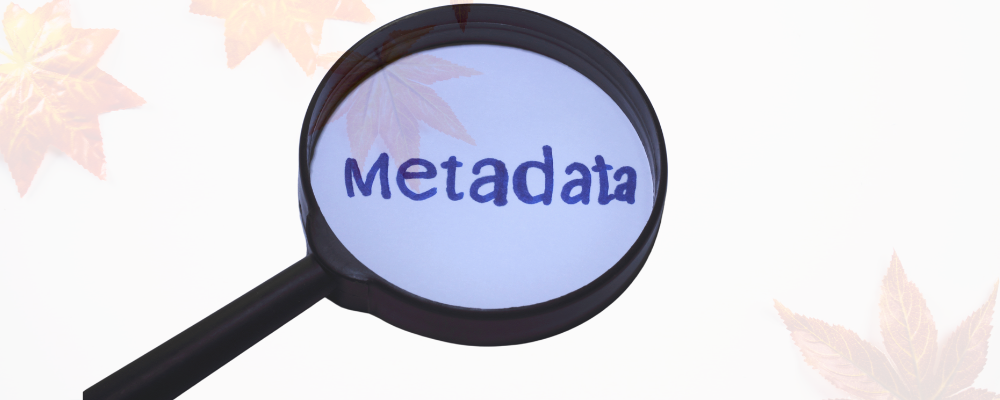Part 1 of a series on ebook usability
Earlier this year, we surveyed 500 Canadians who read digital books to explore the usability of ebooks from a reader's perspective. We shared some of our findings in this presentation at ebookcraft 2018, and now we'd like to dig even deeper into the data.
A note on the methodology: This data has been collected from consumer surveying only, so obviously there is some bias. First and foremost, we only collected data from those who are willing to answer surveys online. Secondly, we only surveyed Canadian ebook readers over the age of 18, so this data is not representative of Generation Z. These biases aside, the data still tells us a lot about the target market for ebooks.
The digital reader
Based on our survey results, the average Canadian ebook reader identifies as female and is under the age of 45. She is not married, does not have kids, has a degree, and makes more than $50K per year. On average, digital readers tend to be younger than print readers, while audiobook listeners are even younger still. Otherwise, these average characteristics remain pretty consistent among the different formats.
Acquisition
We asked digital readers where they acquire most of their ebooks. Unsurprisingly, 53% of digital readers said that they acquire ebooks through Amazon's various Kindle services. Google came in second at 33%, however it's possible that some respondents were conflating Google Play with Google's search engine, so this number should be taken with a grain of salt. Behind Google is Kobo at 30%, the library at 25%, and Apple at 20%.
Trailing closely behind Apple and ahead of Scribd, Project Gutenburg, and Barnes & Noble are torrent sites with 14% of digital readers using them to download ebooks. If you're interested in learning more about ebook (and audiobook) piracy, check out our May podcast.
When looking just at the respondents who read at least 60% of content digitally, the order stays very much the same with Kobo jumping slightly ahead of Google.
Formats
Of all books read last year by digital readers, 45% were ebooks, 43% were print, and 12% were audiobooks. Ebook readers do still read a lot of print, as some genres cater more to the digital format than others (more on this below).
According to our leisure time surveying of Canadian readers in general, 67% of books were read in print, 24% were read digitally, and 9% were audiobooks. (It will be interesting to see if this breakdown changes as publishers begin to produce more and more audiobooks.) In terms of purchases, our 2017 consumer surveying shows that 75% of books purchased were in print, 19% were ebooks, and 2% were audiobooks. Audiobook numbers could be misrepresented, however, due to respondents mixing up audiobook downloads, streaming, and subscription services.
Genres
When looking at which genres are preferred in digital and which genres are preferred in print, it's important to remember that it's not really a case of print vs. digital. Many digital readers read in both formats. For example, 44% of digital readers prefer to read cookbooks in print vs. 17% in digital format. (The rest either don't have a preference or reported that they don't read cookbooks.) The preference for print amongst those who read digitally is also seen with poetry books, reference books, and illustrated books such as art books, children's illustrated books, and Graphic Novels & Comics.
For Non-Fiction, the split is close with 35% of digital readers preferring print and 30% preferring ebooks, and it's even closer for Fiction: 33% prefer print and 33% prefer ebooks, while 21% said they don't have a preference and 5% prefer audiobooks. Also worth noting is that 30% of digital readers didn't read any Fiction books in print last year and 35% said they didn't read any Fiction ebooks.
When it comes to Fiction sales, Romance, Historical Fiction, and Mystery & Detective titles are popular in ebook format, while Graphic Novels & Comics and general Fiction sell better in print. Non-Fiction sells largely in print (though Business is the most popular genre in the digital format), as many of these books are given as gifts. Even when you eliminate the Christmas quarter from the data, print sales still dominate.
Pricing
Price is the most important factor for digital readers when deciding to buy a book (in either format). On average, they think ebooks should cost $9.18 and print books should cost slightly more at $11.68. There is also a solid chunk who think that they shouldn't have to pay for content at all: 18% of digital readers think ebooks should be free and 15% think print books should be free. That said, these figures are quite close to the number of digital readers who choose to torrent their ebooks (14%).
When broken down by genre, digital readers are willing to pay the most for print illustrated books ($14) and the least for digital Romance and Graphic Novels & Comics ($8). When looking at average list prices in Canada, we can see that Illustrated Non-Fiction averages $16.37 for the ebook and $26.43 for print, while Romance averages $5.79 for the ebook and $12.80 for print.
Lastly, more digital readers said that they believe Graphic Novels & Comics should be free than any other genre in both print (20%) and digital (18%). This is possibly due to the popularity of web comics, many of which are available for free.
Infographic Summary
Last year, the average digital reader read 45% digitally, 43% in print, and 12% in audio.
Where do they acquire their ebooks?
Amazon – 53%
Google – 33%
Kobo – 30%
Library – 25%
Apple – 20%
Torrent Sites – 14%
$9.18 is the average price digital readers are willing to pay for an ebook.
$11.68 is the average price digital readers are willing to pay for a print book.
43% of digital readers do not use e-readers.
Price is the most important factor in their decision to buy.














Sales and library circulation data of LGBTQ+ titles during the fourth quarter of 2024.